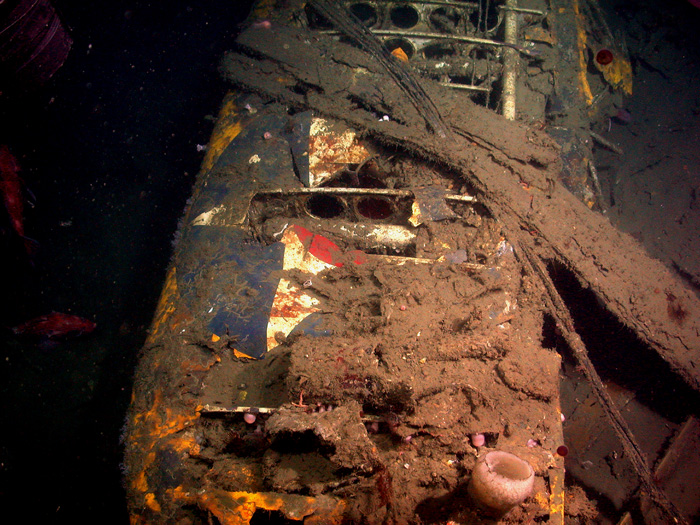The wreck of the famous USS Macon, an American ‘flying aircraft carrier’, has been seen more than 80 years after it crashed off the coast of California. The USS Macon was the US Navy’s latest innovation in military technology but it sunk in 1935 and has been buried at the bottom of the Pacific Ocean.
Specialist underwater cameras have been used to view the wreck and researchers have been able to identify what the huge airship looked like before it crashed. The wreck even still has a biplane attached. The work was originally undertaken by the Monterey Bay Aquarium Research Institute in 1991. At that time researchers were able to take underwater videos and photographs, as well as recover some items from the airship.
The site of the wreck is now listed and cannot be altered or touched in order to preserve the wreck.
Researchers are also using this find as an opportunity to assess how different materials change and alter under water over time. The USS Macon was the centrepiece of the US Navy’s fleet in the 1930s and was often taken to attend airshows and public events. The Macon also had a sister ship, the USS Akron, and both of them were the biggest aircraft in the world at the time.
The site is now being monitored and preserved in order to protect the historical aircraft. Some of the artifacts retrieved from the site include office equipment and structural elements. The aircraft ran into difficulty when it hit a storm coming into the US mainland. The strong winds caused structural damage, while the gas tanks became punctured and leaked. (Mail Online)
Scroll down for video
It floated down to the sea quite gently over 20 minutes. Luckily due to its slow descent all 83 crew survived and were rescued by other ships in the area. It was designed to carry five Curtis F9C Sparrowhawk biplanes or Fleet N2Y-1 biplanes. The wreck now sites at around 1500 feet below the surface of the water.
The researchers say that by putting together the individual photographs taken of the wreck, they are able to piece together what the ship looked like.
During a crossing of the continent, Macon was forced to climb to 6,000 ft (1,800 m) to clear mountains in Arizona. As the ship’s pressure height (the height at which the gas cells would start to leak and eventually rupture due to pressure difference) was less than 3,000 ft (910 m), a large amount of helium was vented in reaching this altitude. To compensate for the loss of lift, 9,000 lb (4,100 kg) of ballast and 7,000 lb (3,200 kg) of fuel had to be dumped. Macon was being flown 15,000 lb (6,800 kg) “heavy” and was operating at full power not only in order to have sufficient dynamic lift, but also to have enough control to fly in the severe turbulence through a mountain pass near Van Horn, Texas. Following a severe drop, a diagonal girder in ring 17.5, which supported the forward fin attachment points, failed. Rapid damage control by Chief Boatswain’s Mate Robert Davis repaired the girders before further failures could occur. Macon completed the journey safely but the buckled ring and all four tailfins were judged to be in need of strengthening. The appropriate girders adjacent to the horizontal and lower fins were repaired, but the repairs to the girders on either side of the top fin were delayed until the next scheduled overhaul, when the adjacent gas cells could be deflated.
Crash
On 12 February 1935 the repair process was still incomplete when, returning to Sunnyvale from fleet maneuvers, Macon ran into a storm off Point Sur, California. During the storm, the ship was caught in a wind shear which caused structural failure of the unstrengthened ring (17.5) to which the upper tailfin was attached. The fin failed to the side and was carried away. Pieces of structure punctured the rear gas cells and caused gas leakage. The commander, acting rapidly and on fragmentary information, ordered an immediate and massive discharge of ballast. Control was lost and, tail heavy and with engines running full speed ahead, Macon rose past the pressure height of 2,800 ft (850 m), and kept rising until enough helium was vented to cancel the lift, reaching an altitude of 4,850 ft (1,480 m). It took 20 minutes to descend and, settling gently into the sea,Macon sank off Monterey Bay. Only two of the 76 crew members were lost thanks to the warm conditions and the introduction of life jackets and inflatable rafts after the Akrontragedy. Radioman 1st Class Ernest Edwin Dailey jumped ship while still too high above the ocean surface to survive the fall and Mess Attendant 1st Class Florentino Edquiba drowned while swimming back into the wreckage to try to retrieve personal belongings. An officer was rescued when Commander Wiley swam to his aid, an action for which he was later decorated.
Macon, having completed 50 flights since being commissioned, was stricken from the Navy list on 26 February 1935. Subsequent airships for Navy use were of a nonrigid design.
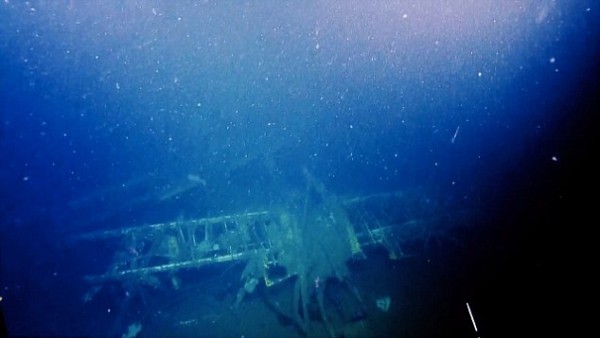
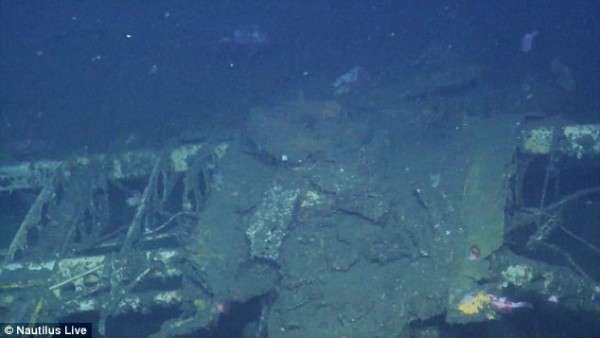
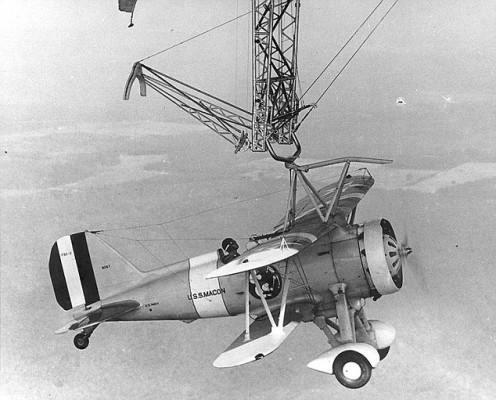
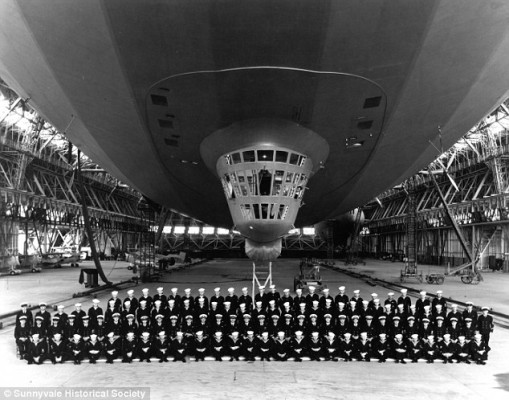
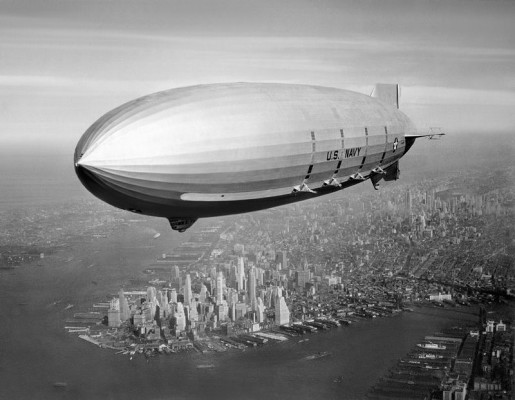
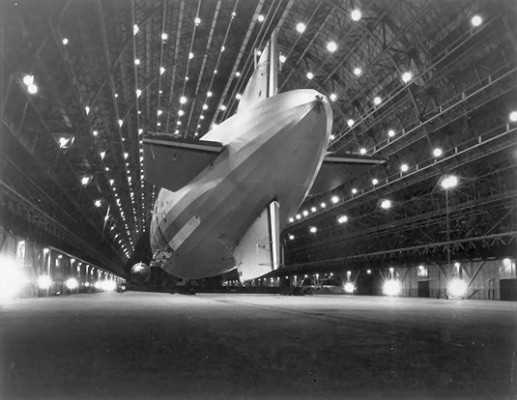
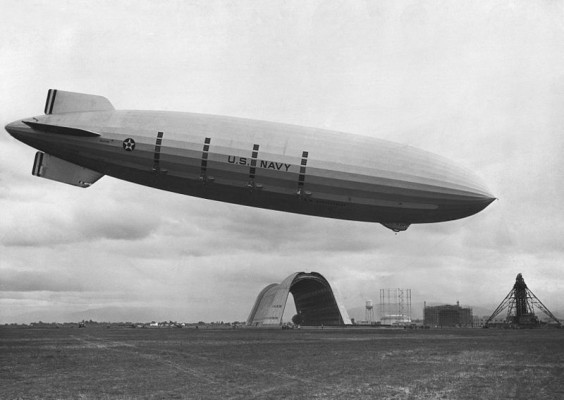
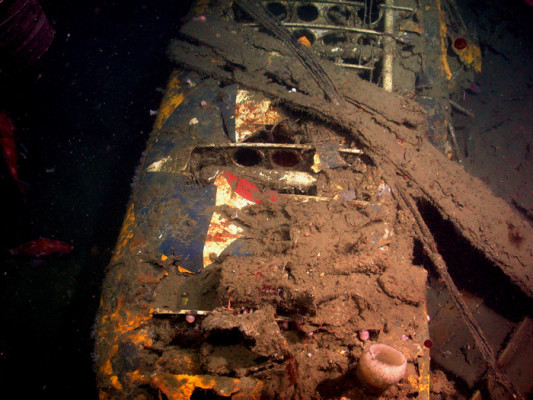
![[#Beginning of Shooting Data Section] Nikon CoolPix995 2006/09/22 00:12:30 JPEG (8-bit) Fine Image Size: 2048 x 1536 Color ConverterLens: None Focal Length: 8.2mm Exposure Mode: Manual Metering Mode: Multi-Pattern 1/125 sec - f/3.3 Exposure Comp.: 0 EV Sensitivity: ISO 200 White Balance: Auto AF Mode: AF-C Tone Comp: Auto Flash Sync Mode: Front Curtain Electric Zoom Ratio: 1.00 Saturation comp: 0 Sharpening: Auto Noise Reduction: OFF [#End of Shooting Data Section]](https://www.thevintagenews.com/wp-content/uploads/sites/65/2015/11/Uss-macon-sparrowhawk-sky-hook-09-2006b-533x400.jpg)
